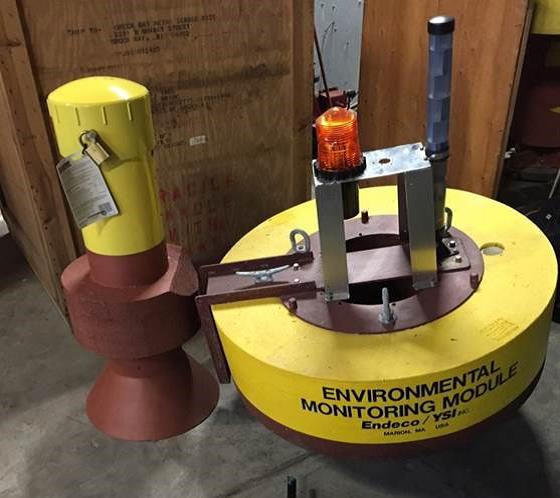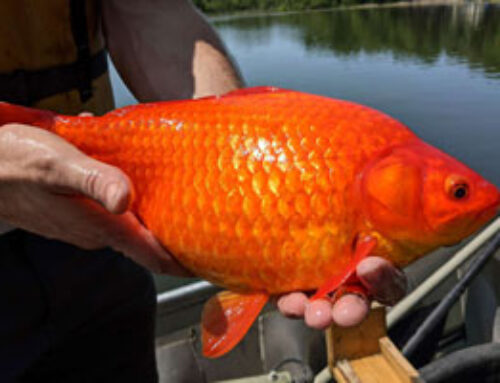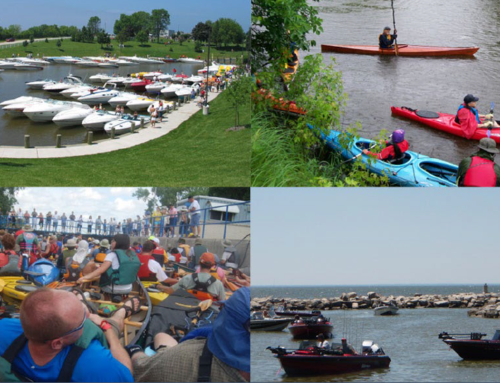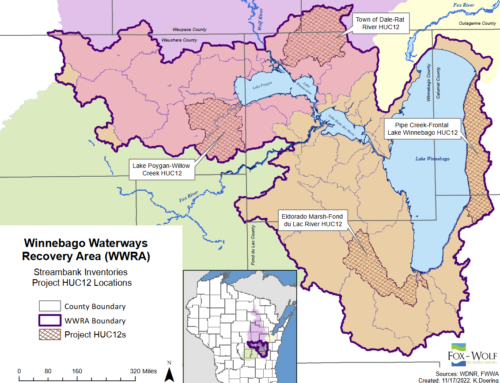by
A new AOC monitoring project will help to assess the status of the Beach Closings Beneficial Use Impairment. The use is considered impaired due to historical bacterial contamination as well as excess sediment and algae.
The study found bacteria levels that were comparable to other Lake Michigan beaches. This was a promising finding for the BUI and for future beach restoration efforts; however, the study also acknowledged the need for an algae monitoring strategy to further characterize problems related to harmful algal blooms.

Continuous Monitoring Buoy (photo credit: Todd Miller, UW-Milwaukee)
The new monitoring project, in addition to characterizing the BUI status, will provide insight into the recreational risk associated with expanded use of the lower bay. It will also help with developing tools the community can use to manage that risk, provide supporting data for adapting predictive tools developed for Lake Erie to Lower Green Bay, and contribute to current research on algae bloom dynamics.
Algal blooms occur in the summer and early fall, when elevated nutrient levels, warm temperatures, and lots of sun-light fuel algae growth. Some are generated in the same spot where they appear, and some are moved in by wind and waves. Some contain photosynthetic bacteria (known as blue-green algae) which can produce toxic chemicals.
Blooms that contain these toxic chemicals are known as “harmful algal blooms” (HABs). Cyanobacteria may float on the surface, forming a scum or be distributed throughout the water. (There are many types of algae and not every algal bloom is a HAB.) Because of these variables, any monitoring strategy must be carefully designed.
The expertise of many project partners, including DNR, NOAA, USGS, UW-Milwaukee, and NEW Water, contributed to the development of the monitoring strategy. Implementation is a team effort as well, with weekly sampling occurring at sites already monitored by NEW Water and more intense monitoring led by UW-Milwaukee occurring at two nearshore sites paired with continuous monitoring buoys.
The algae monitoring project is a 3-year project funded by USEPA’s Great Lakes National Program Office with Great Lakes Restoration Initiative funds. The results are expected to be useful not only for the Beach Closings BUI but also for the Eutrophication or Undesirable Algae and Restrictions on Drinking Water BUIs. For more information about the project, contact Donalea Dinsmore, Great Lakes Quality Assurance and Beach Program Coordinator, at Donalea.Dinsmore@Wisconsin





